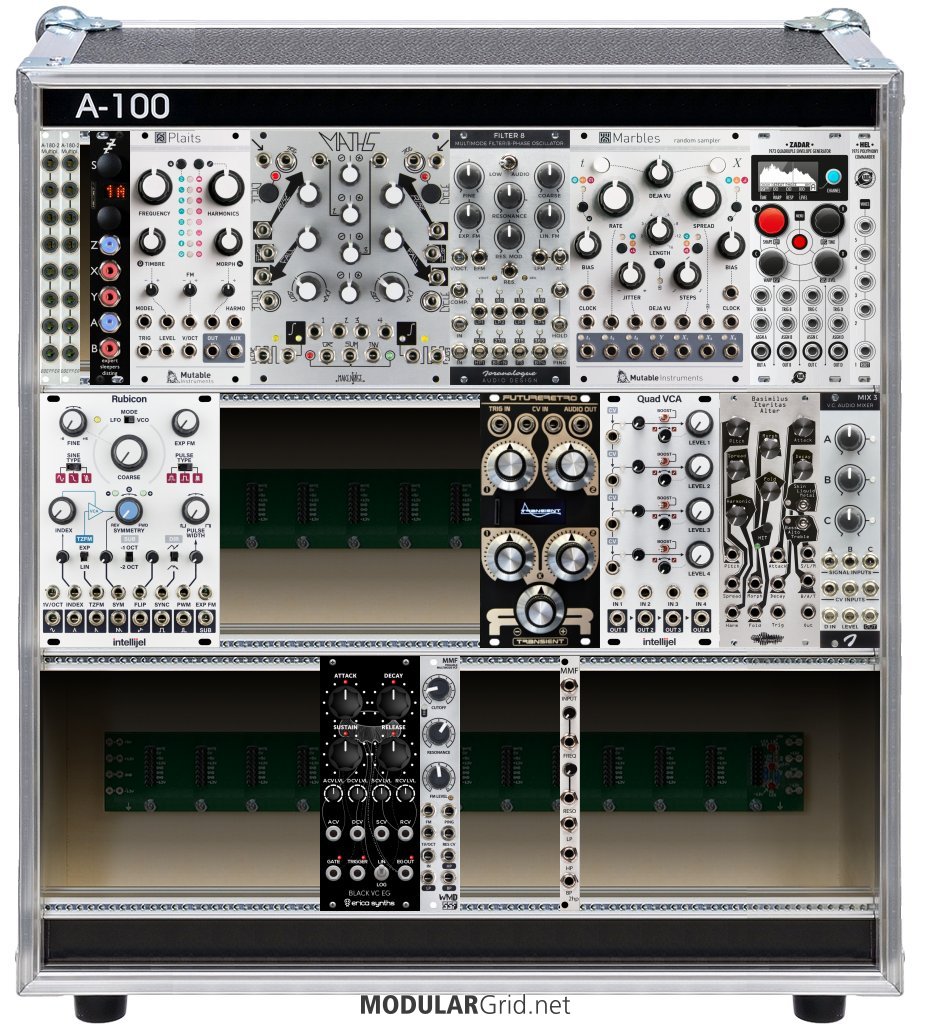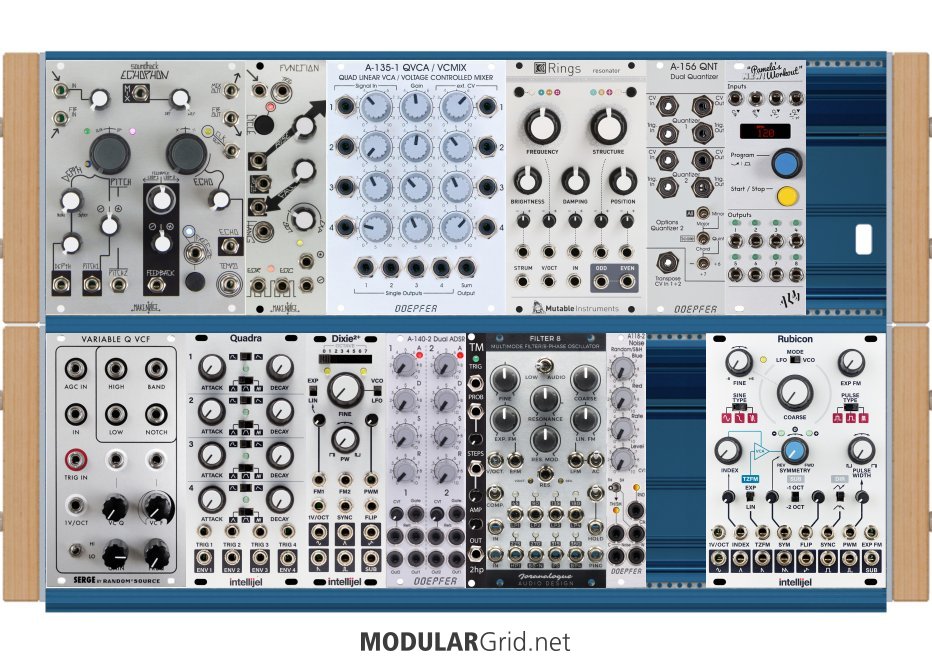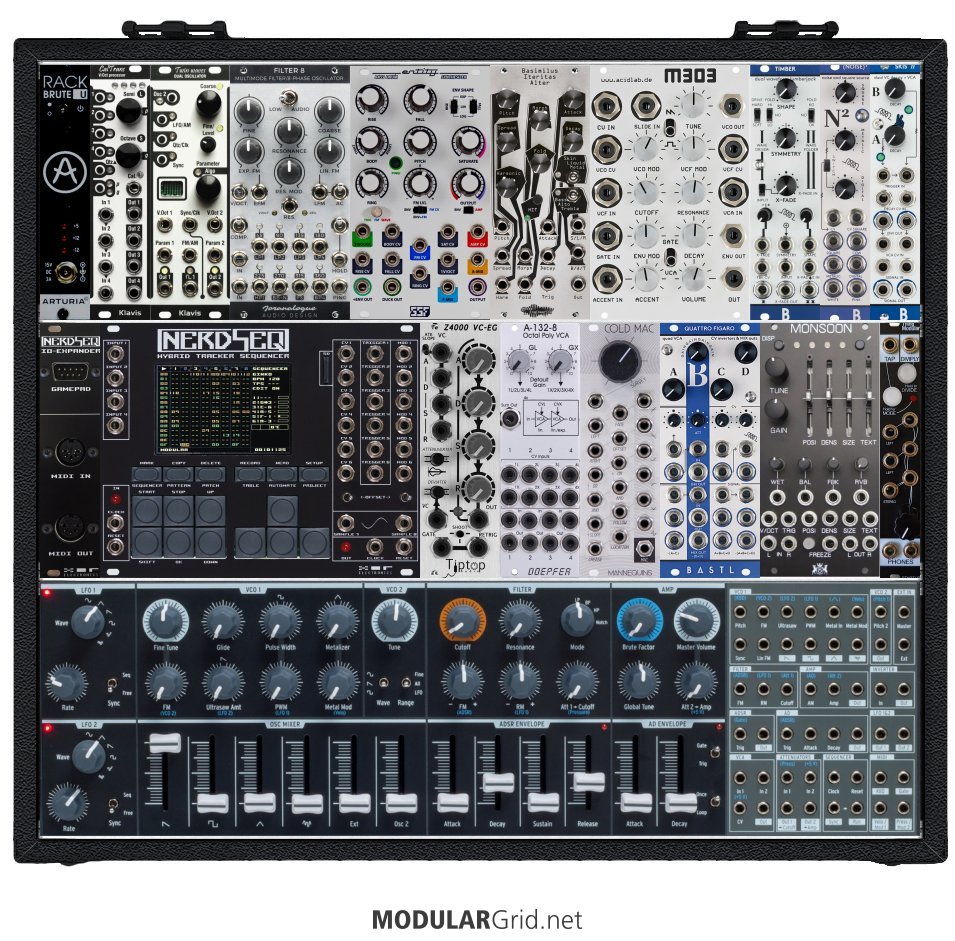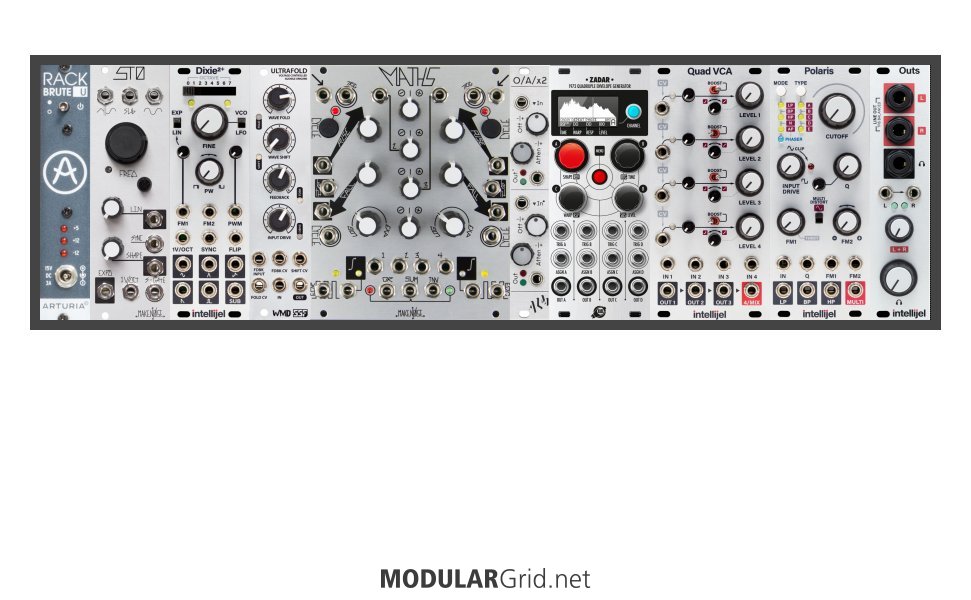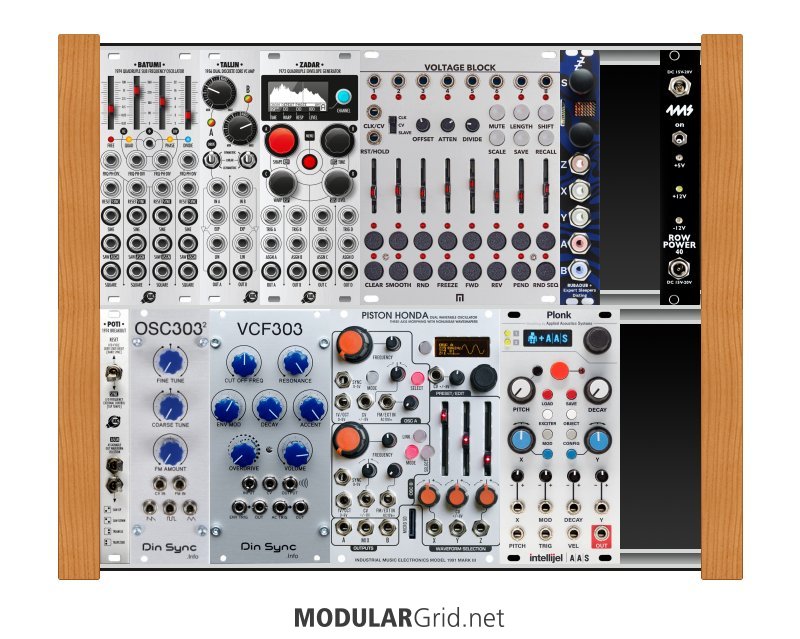Hi Garfield,
Thanks for your reply. I have already purchased all of these modules. I've been using the system almost as it is for a year actually, apart from the DMF-2, which is a recent addition. I can generate LFO's from Maths, Black VC EG, Rubicon, Disting and Marbles, so I don't think I need to use up my last bit of precious space with another LFO. I currently mix audio with my MIX3, my filters and with Maths, and use the MIX3 as a final audio output module. That MIX3 has such a lush sound when you sum things that I've been considering another, it overdrives beautifully. To be honest I also take quite a few separate outputs from modules to a mixing desk for EQing and FX processing etc. The system is more of a studio/composition tool for me, I don't really have any desire to perform live with it. At least not any time soon. With regards to the multiples, I do tend to use both, hmmmm, maybe I could live without one of them. I think for now I'll lose the midi breakout, shift the multiple from the bottom into the top row, and that will leave me with 22HP to play with.
Definitely craving more stuff that generates triggers, another envelope generator, and a bunch of the things I love about the disting... hell, maybe just another Disting in place of the midi breakout. Although I'm getting on fine without one, I would probably benefit from a nice quantiser (again I occasionally use the Disting for this).
Maybe a Micro Ornament & Crime? Wavefolding, extra audio/cv mixing are also thing's I'd like....

